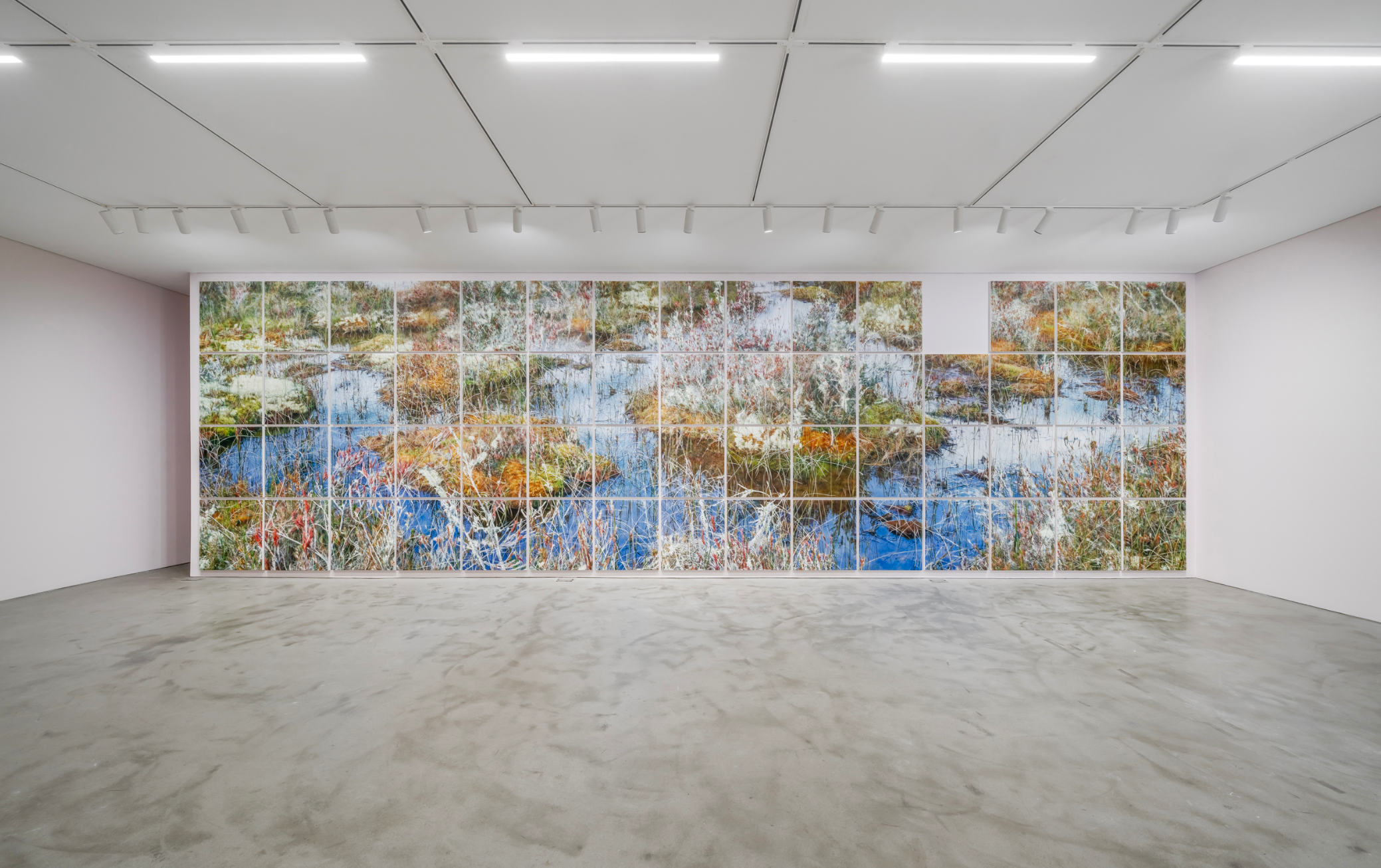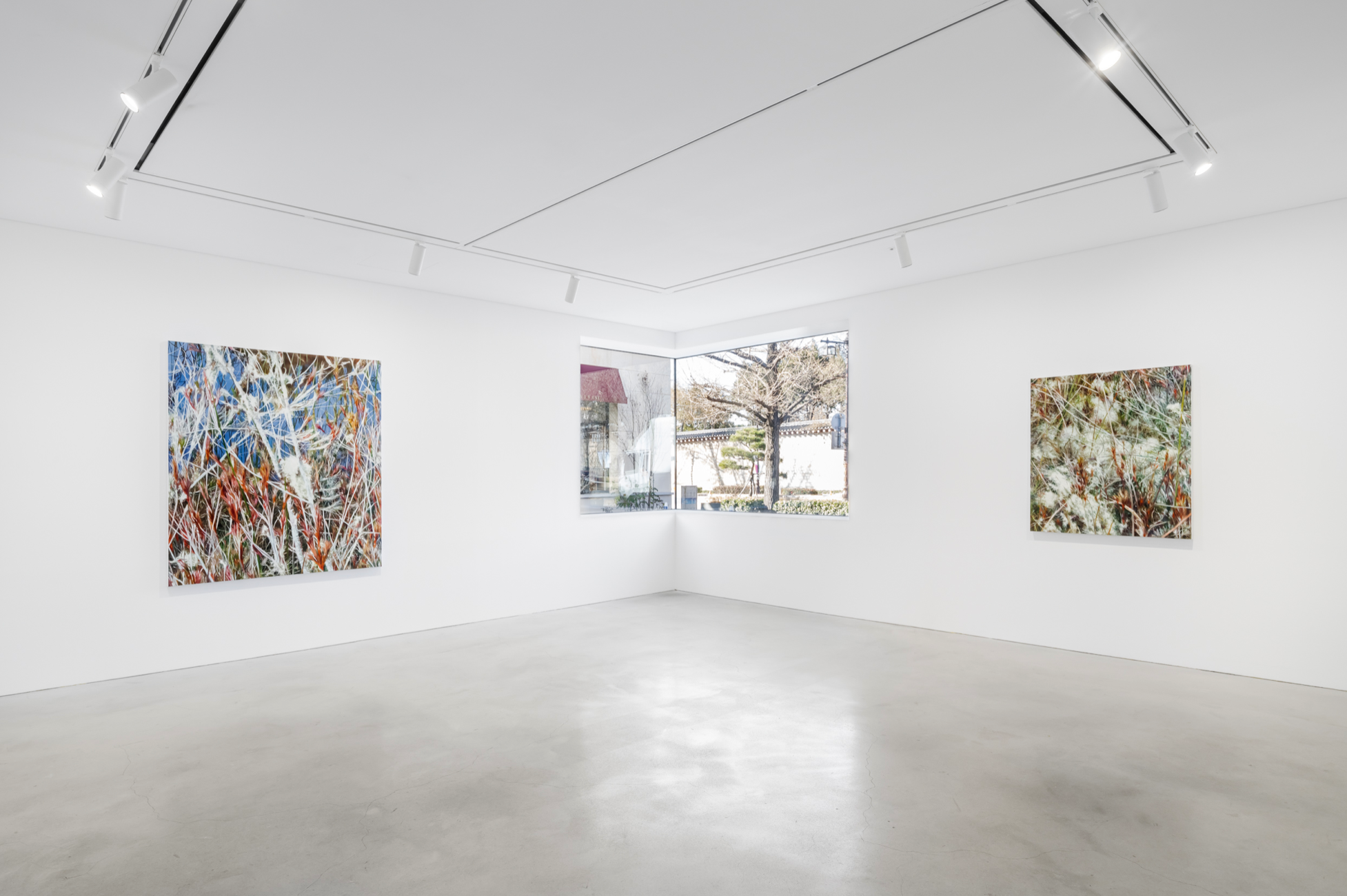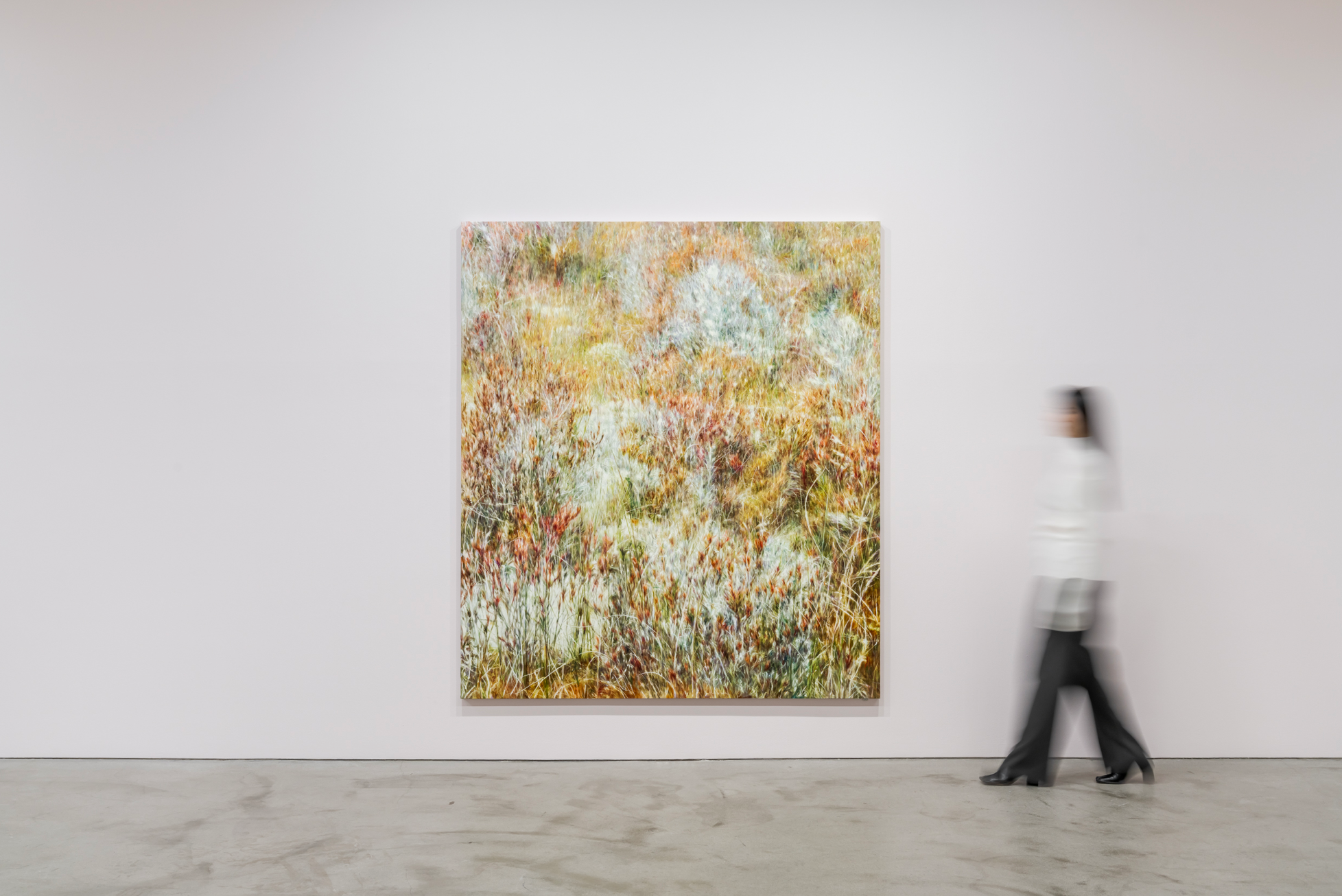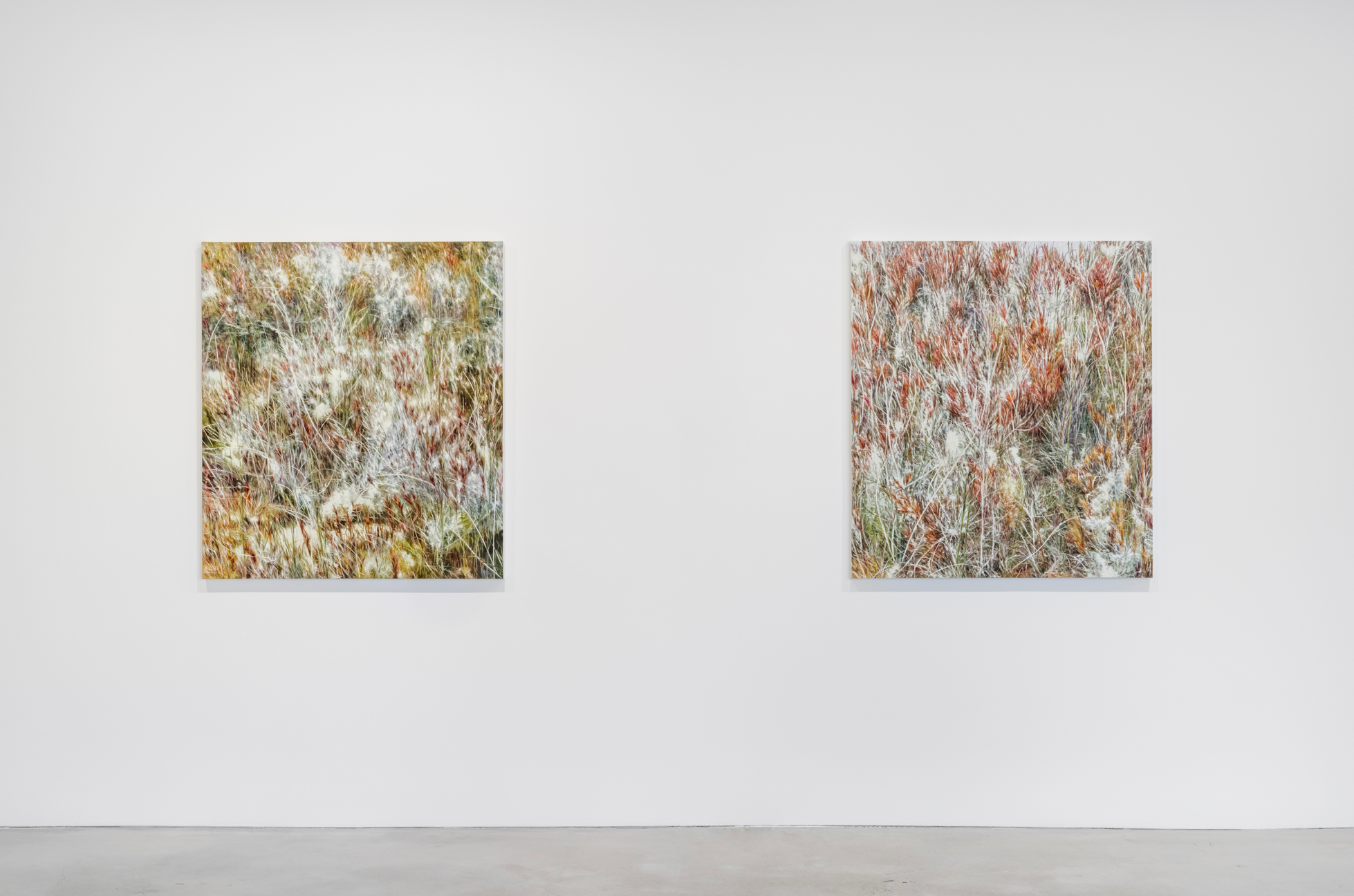
| Period| | 2023.12.14 - 2024.01.28 |
|---|---|
| Operating hours| | Mon - Sat 10:00 - 18:00 Sun 10:00 - 17:00 |
| Space| | Kukje Gallery/Seoul |
| Address| | 54, Samcheong-ro, Jongno-gu, Seoul, Republic of Korea |
| Closed| | Open throughout the year |
| Price| | Free |
| Phone| | 02-735-8449 |
| Web site| | 홈페이지 바로가기 |
| Artist| |
|
정보수정요청



|
|
Exhibition Information




Kukje Gallery is pleased to present BLOW-UP, a solo exhibition of new works by Lee Kwang-Ho, on view from December 14, 2023 to January 28, 2024. Nine years since the artist’s last exhibition at Kukje Gallery, the upcoming presentation at both spaces in the gallery’s K1 building will be devoted to showcasing 65 works by Korea’s most widely celebrated realist painter. Mastering a range of painterly techniques and styles that include both traditional realism and contemporary abstraction, Lee’s diverse practice captures an array of subjects including portraiture, still life, and landscape. One of the central concerns of the artist is the role of “perspective” and the relationship between what the artist sees and how the painted subject is captured on canvas. BLOW-UP focuses exclusively on Lee’s recent series exploring the wetlands of New Zealand’s South Island near the Kepler Track. By framing this wild, diverse landscape, and applying his prodigious eye for detail, Lee invites the viewer to enter the picture, contemplating the natural world as framed by his unique painterly perspective and his inimitable manner[1] in terms of his use of techniques. At the rear gallery in K1, there is a large-scale landscape painting that covers the entire wall. Being the first work of this scale completed by the artist, the landscape is composed of 59 individual canvases organized by the titles from Untitled 4819-1 to Untitled 4819-60 (excluding Untitled 4819-12). To capture this extraordinary landscape, the artist started by taking countless photographs from different angles in order to capture all the tremendous detail in the complex ecology. Scaled to fit the gallery space, the installation creates a kind of backdrop; to construct this scene, Lee enlarged one of his photographs to cover the wall and divided it into 60 equally sized frames, allowing the individual canvases to create a grid where each painting is both autonomous and part of a larger whole. In this way, Lee Kwang-Ho prompts the viewer to constantly shift their focus while becoming aware of their own point of view. At this scale and detail, the scarlet and ivory moss and clumps of grass are magnified to become actors on an enormous stage, where the human figure no longer dominates. Standing in front of this scene, the audience cannot grasp the entirety of the subject, and for Lee, the particular elements, the varied terrain and individual fauna are not his primary concerns. Instead, the artist is focused on the shift of perspective the viewer experiences in front of the deliberately blown-up and abstracted scene. “Blow-Up,” the title of the exhibition, is taken from a 1966 film of the same name by Michelangelo Antonioni and conveys a technical term meaning to enlarge a photograph or film still. As a source of inspiration for the artist, the film explores themes of optical desire and how visual truth is manipulated by the camera. Acknowledging this critical disconnect between what we see and how an image is constructed, Lee uses scale to a similar effect. The individual frames in the Untitled 4819 series demonstrate how material and technical variations highlight one’s subjectivity and desire. As each work is framed mechanically, rather than being devoted to a unified composition, the artist directs his focus and ours to each unique brushstroke. As a result, the framing device of the picture disrupts the viewer’s attempt to comprehensively “read” the entire landscape. In a further critical strategy, Lee has removed a single canvas from the image, exposing the wall, while simultaneously showing a blown-up version of the missing work on an adjacent wall in the gallery. This kind of subtle manipulation of perspective and formal sleight of hand is continued in the front gallery. In these single works on canvas, the artist further explores how paintings relate to and communicate with one another through scale and subject matter. By conceptually joining the two spaces, Lee transforms the entire exhibition into a total artwork, illustrating how a familiar subject such as a landscape can—like a concerto—be interpreted endlessly. Lee’s canvas teems with tremendous biodiversity including plants and grasses of myriad descriptions, flowers, mosses, and puddled water. Intertwined in an all-over style, these elements remind us not only of nature but also of the complex abstraction inherent to the unrestrained brushstrokes that constitute painting. Lee makes his own canvas and tests various grounds to control the absorption of the paint. Combined with this formal rigor, the artist also measures his own breath and its impact on the length of his brushstroke, thereby instilling harmony and an overall gestural effect. In addition, he also has developed a rich vocabulary of brushstrokes that stimulate the viewer’s tactile and somatic experience. For example, Lee utilizes a glazing technique to express the transparency of water and employs impasto with rubber brushes to suggest the surfaces of mottled plant life; furthermore, his repertoire includes using the Egyptian encaustic technique where colored pigments are mixed with heated beeswax to create yet another embodied form that is applied directly to the surface of the canvas. In the case of encaustic, particularly, the pigments mix in compelling and unexpected ways as the wax medium melts into the canvas, resulting in a naturalistic blurring of forms. Describing these many micro abstractions and poetic contingencies, Lee has compared them to the natural changes that arise from his own aging and diminishing eyesight. The first exhibition of Lee Kwang-Ho at Kukje Gallery was a group exhibition of three painters in 2007, where he presented the Inter-View series. While, at first sight, these paintings assume the form of a conventional portrait, they were based on extensive interviews with one hundred models and explored the nuanced character of each interviewee by engaging such diverse mediums as paintings, films, and representative objects. Based on the individual relationships developed through the interviews, Lee captured the models’ complex inner lives onto the canvases. This approach was continued in his Cactus series, shown in his first solo exhibition at Kukje Gallery in 2010, where the artist attempted to go beyond mere visual depiction to reveal how the complex forms of the succulents are reconfigured when the artist’s gaze meets and interrelates with the painted object. In this way, Lee was more concerned with the inner image formed when encountering the object, where the image deepens his “desire for tactile expression,” than just visual verisimilitude. To achieve this, Lee carefully balanced masterful, hyper-realistic depictions of the plants while simultaneously suggesting an abstracted body that evoked a color-field suffused with his will and desire. In these powerful works, the painter felt there is a greater openness to an abstracted subject, where the forms and medium itself induce the viewers to stay and appreciate the image as if they are appreciating an actual moment of focused consciousness in nature. In each of these series, Lee has created a very precise and considered pictorial framework that both showcases his prodigious skill while prompting a deeper experience of the optical. This practice is explored to even greater effect in the recent landscape series. Unlike a person or a cactus, which are both single subjects with clear outlines and boundaries, the wetland is a “place,” an assembly of relationships and individual beings, and it necessitates a much more intimate process of discerning each element to be represented. The area framed in the landscape can be narrow or wide, and the depicted object can be at any scale, from macro to micro. In other words, the artist becomes yet another subject within the landscape, the eye that frames the pictorial object, and the depicted landscape in turn becomes the scene captured in his sight. When Lee crops the sectioned image once again into sixty modular frames, all evenly spaced in a grid, the portrayed scene suggests an infinite logic, where the landscape can be expanded forever as captured by the roving gaze. In this way, the viewer standing face to face with the work can produce one, two, four, eight, or other infinite combinations of images and, by framing the pictorial scene for oneself, is encouraged to participate in what has been previously regarded as the closed perspective of the artist. About the Artist Lee Kwang-Ho (b. 1967) uses traditional painting techniques and reinterprets their contemporary relevance, exploring, in his words, not painterly representation but “representation of painterly perspective,” thus establishing a unique visual language. Lee received his B.F.A. in 1994 and M.F.A. in 1999 in Western painting from the College of Fine Arts, Seoul National University, and currently holds a position at the College of Art and Design, Ewha Womans University. Lee’s major solo exhibitions include Picturing Landscape (Kukje Gallery, 2014) and Lee Kwang Ho (Johyun Gallery, 2018). He has participated in numerous group exhibitions including Botanica Garden Project (Busan Museum of Art, 2018); Being in Nature (Museum SAN, 2014); Illusion and Fantasy (National Museum of Modern and Contemporary Art, Korea, 2015); Reality, Between Representation and Autonomy (Gyeongnam Art Museum, 2013); Korean Eye (Saatchi Gallery, 2012); Manner in Korean Paintings (HITE Collection, 2012); Seoul Art Exhibition 2011_Hyperrealism (Seoul Museum of Art, 2011); Abstract it! (National Museum of Modern and Contemporary Art, Korea, 2011); and Prague Biennale (2009). His works are included in major collections, including at the National Museum of Modern and Contemporary Art, Seoul; Leeum Museum of Art; Seoul Museum of Art; Gyeonggi Museum of Art; Suwon Museum of Art; Jeju Museum of Art; and By Art Matters, Hangzhou. [1] For Lee, ‘manner’ connotes the painter’s unique touch while ‘technique’ is something that can be passed on to others. (Source = Kukje Gallery)
